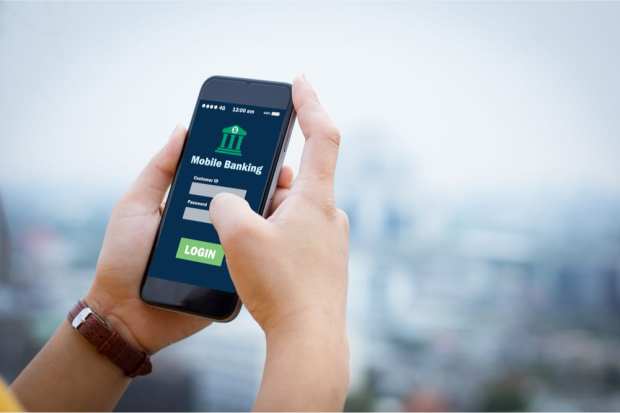Digital-First Banking With A Human Feel

Great idea, perfect timing. That about sums up the enviable position in which digital-first banking finds itself post-pandemic, given the mass epiphany of the past three months: you don’t have to physically go near a bank to access the most advanced banking features available.
“Consumers are now leaning heavily on digital banking to meet their financial needs. Banking app downloads have increased 60 percent since the pandemic became widespread, with banking app revenue growing 17 percent,” according to PYMNTS’ May 2020 Digital-First Banking Tracker®, a collaboration with NCR.
“This digital banking shift is likely to continue after the pandemic recedes, too, with a recent study finding that just 46 percent of bank customers planned to return to ‘business as usual’ after the crisis. FIs are meeting these shifting customer demands by adding functionalities to their online offerings that were previously available only in branches, such as account openings and loan applications,” the Tracker states.
One does not simply walk into digital-first banking without preparation, however. Banks, and FinTechs particularly are blazing new trails for financial institutions (FIs) wishing to incorporate the best that digital-first banking has to offer, making integrations easier and outcomes better.
‘My Bank Knows Me’
Digital-first banking relies on application programming interfaces (APIs) — those clever bits of code that interface with core banking systems to perform specialized tasks — to power its appeal. And as good as APIs are getting, FIs are wise to remember the human element.
“Branch transactions have long been successful largely because of the personal interactions that consumers receive when visiting a branch and interacting with a teller [or] banker,” Doug Brown, senior vice president and general manager, NCR Digital Banking, told PYMNTS.
FIs and FinTechs are busy agreeing on standards for digital-only operations, and as things are tightened up on the back end, front end user experience is the promised land of personalization.
“As traffic to digital banking has increased and all indications appear to be that adoption will re- main high, it’s critical that financial institutions can still offer the personalized experiences that users desire,” Brown said. “Banks and credit unions collect an enormous amount of data for each of their users. By utilizing this data to drive individualized experiences and provide offers that are relevant and timely, institutions — especially [those that are] regional and community[-based] — can still provide the ‘my bank knows me’ feeling that people receive when they walk into their bank or credit union branch.”
APIs Accelerate Digital-First Adoption
Creating the feeling that “my bank knows me” completely online with little to no human contact between account holder and FI is no easy feat. APIs are accomplishing this for digital-only banks by replicating branch services and taking social distancing all the way.
“APIs have enabled banks to bring features online at a much faster pace as the FinTech partners that develop necessary apps can instantly access their APIs during creation,” according to the May 2020 Digital-First Banking Tracker®. “Some features were previously available only in bank branches, like loan applications, while others — such as access to emergency relief — are new measures intended to help customers through the current economic downturn.”
